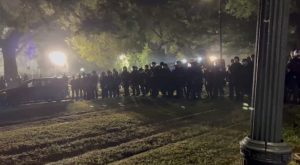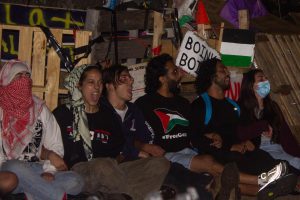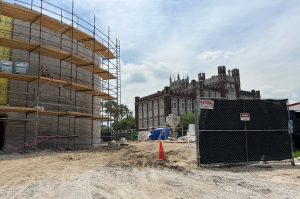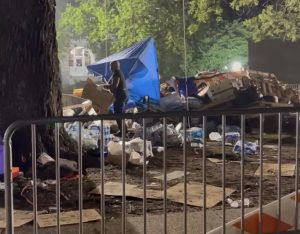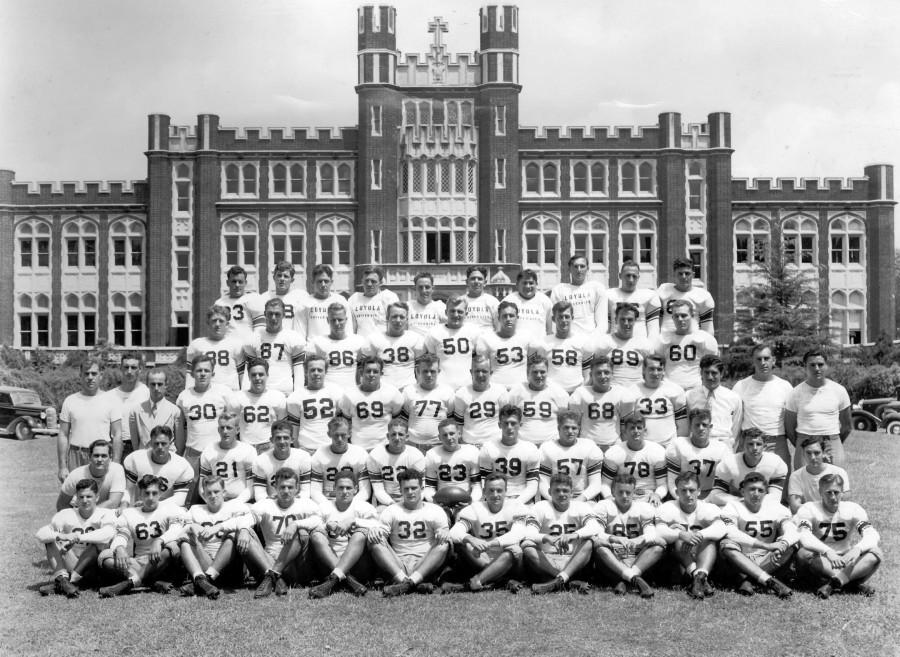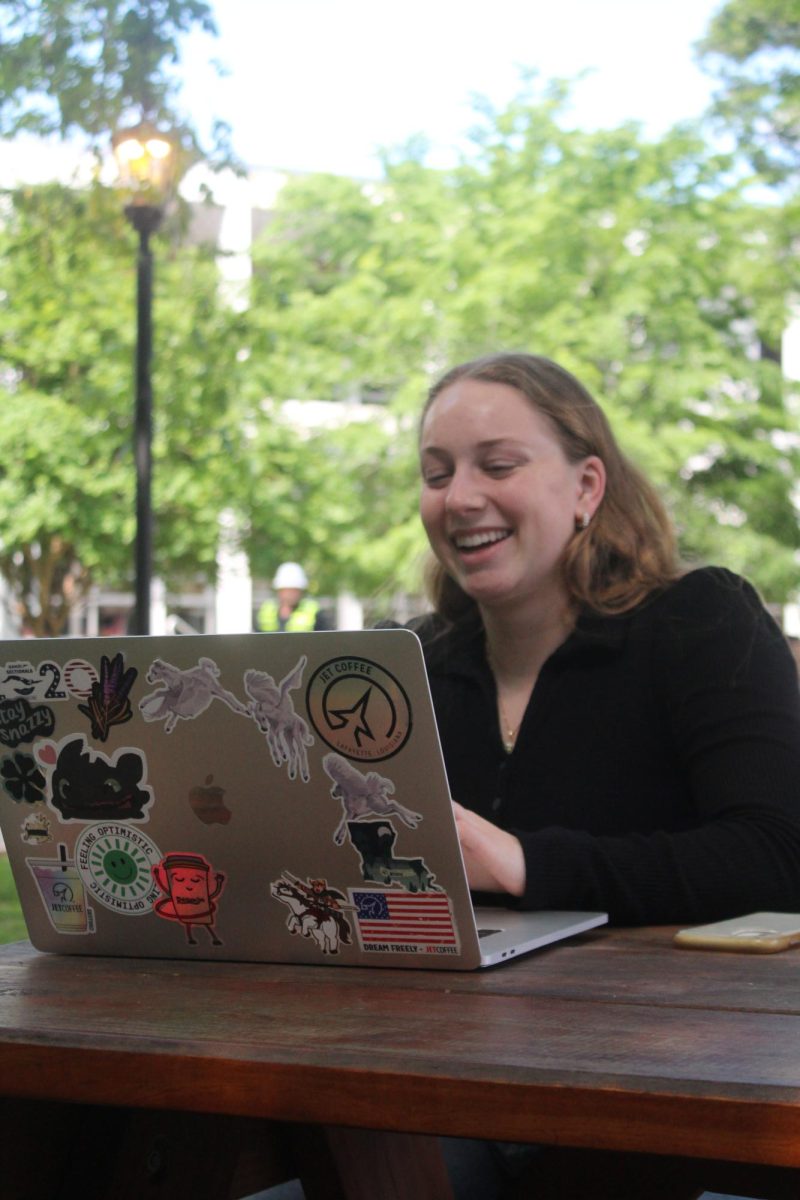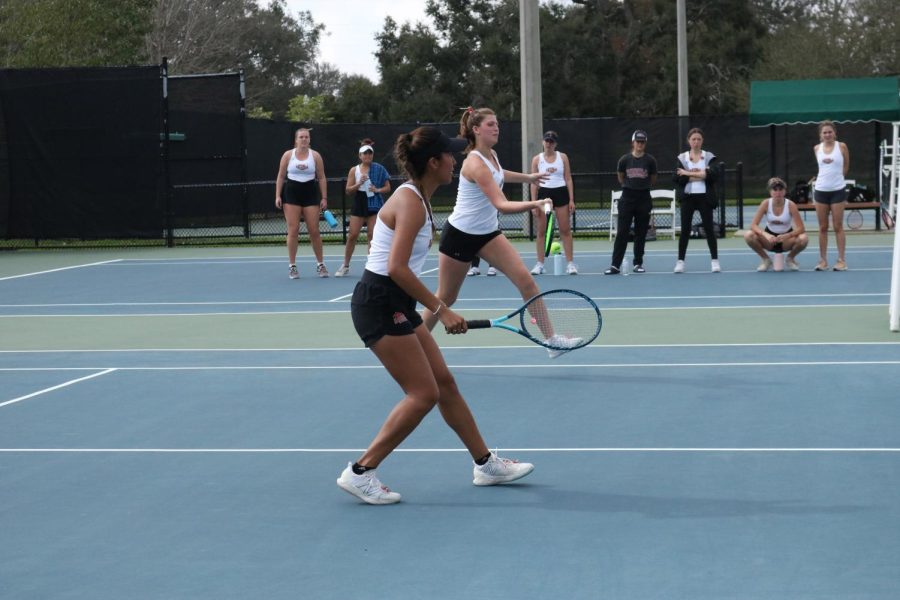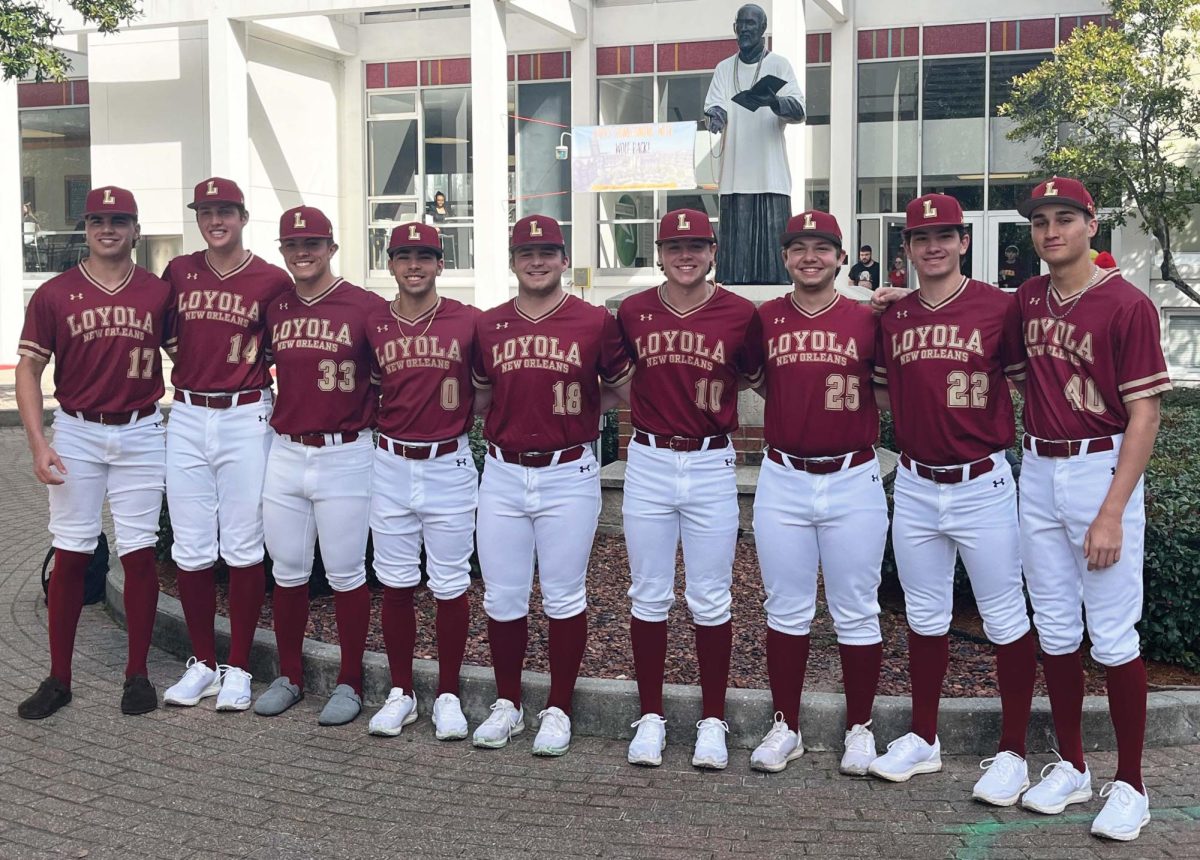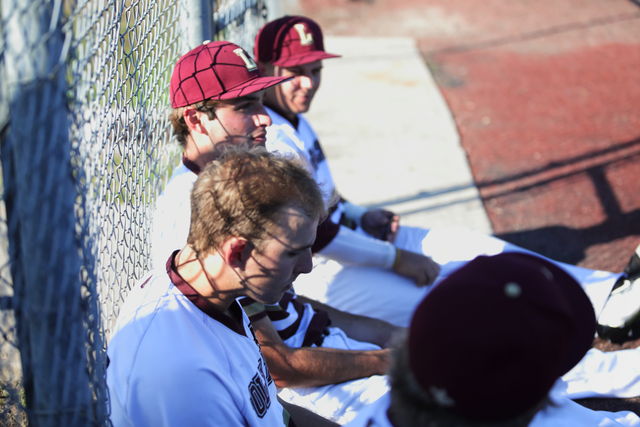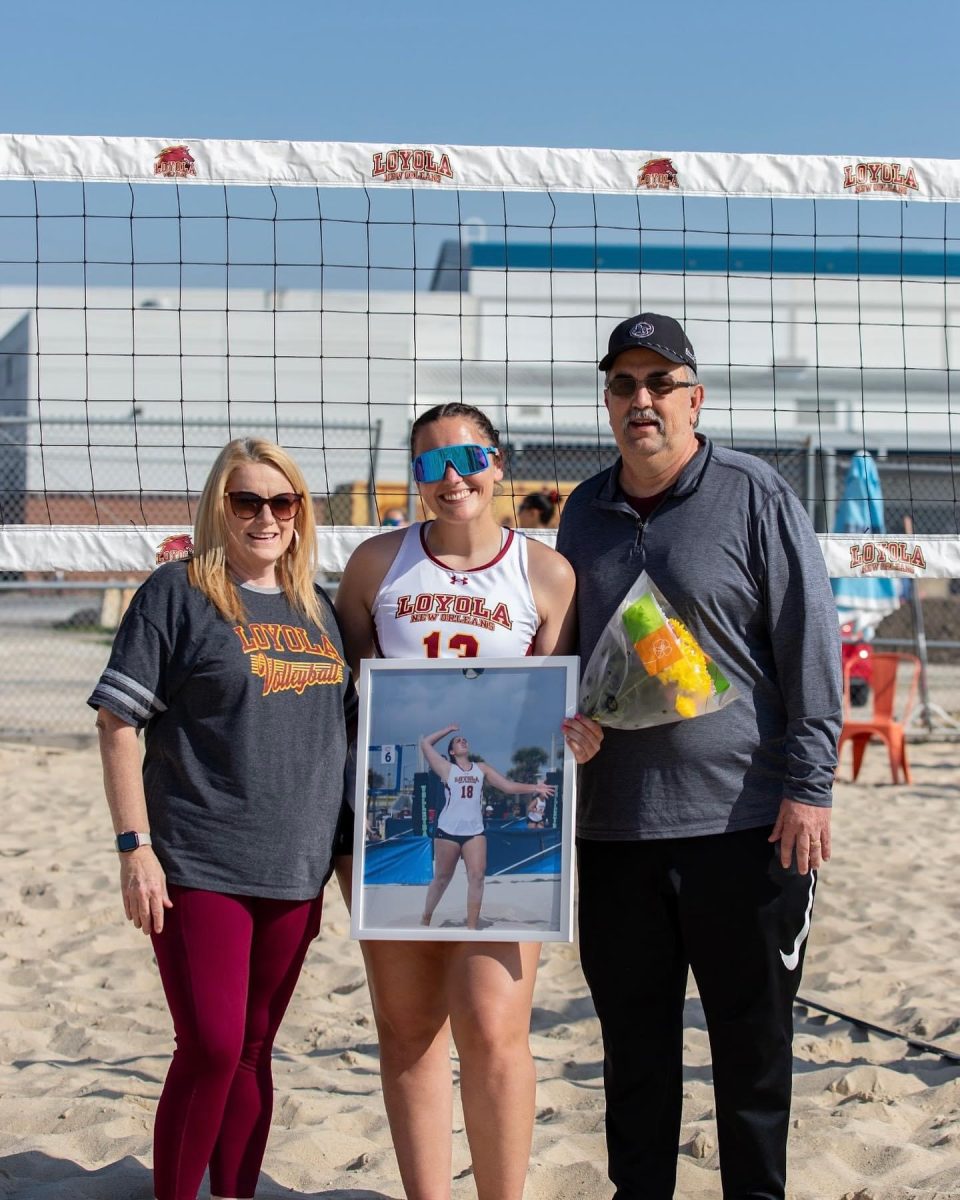The field lights shined bright as the Loyola football team, decked out in maroon and gold uniforms, walked out of Loyola Stadium for the last time.
“Loyola quits football.” The headline on the pages of local newspapers took the community by surprise in January 1940. The team was noted for accomplishments. Legends like Larry “Moon” Mullins, star fullback for the University of Notre Dame’s undefeated national championship teams, and Clark Shaughnessy, the often-regarded father of the T-Formation, both coached for Loyola’s team.
With Loyola stadium just a streetcar ride away, the stands stayed packed with students and community members donning their finest maroon and gold attire.
In the fall semester of 1939, the possibility of the football team leaving was just a rumor floating around campus. Ironically, Maroon columnist Sol J. Hershberg addressed the topic in an article published Friday, Nov. 17, 1939.
“I visited the athletic office this week to see if there was any truth behind the rumor about Loyola suspending with intercollegiate football next year,” Hershberg wrote. “And so, with these words let all future conversations be without the aforementioned subject. There’s no truth in it.”
It wasn’t only the students who denied the rumors. The Rev. Karl A. Marin, S.J., the faculty athletic adviser of the time, had strong words regarding the subject.
“It’s all silly,” Father Marin said. “Just another of those silly rumors originated by someone who doesn’t know what he’s talking about.”
Loyola officials believed the growing importance of the football team would distract from education and detract from the growth of the school.
“The step by the faculty was as unexpected as a snowstorm,” Hershberg wrote. “Next year’s team promised to be one of the strongest in Loyola history.”
The uproar didn’t last long and the students silently accepted the school’s decision as fact.
“They realized that the country’s most popular sport was being removed from their campus,” Hershberg wrote. “They realized that a tradition of power and ruggedness built around great figures who trod the Wolfpack gridiron was passing away. Yet they had faith in their faculty. They believed it was the only thing that could be done.”
Cami Thomas can be reached at [email protected]


